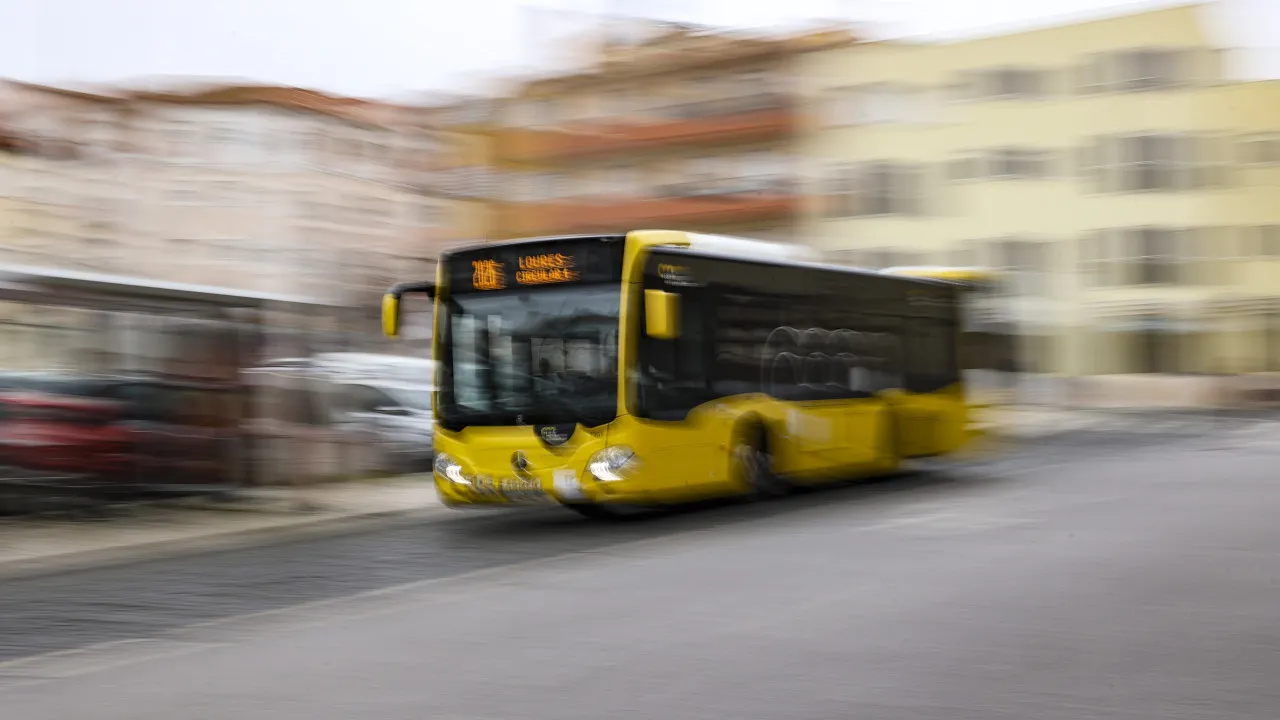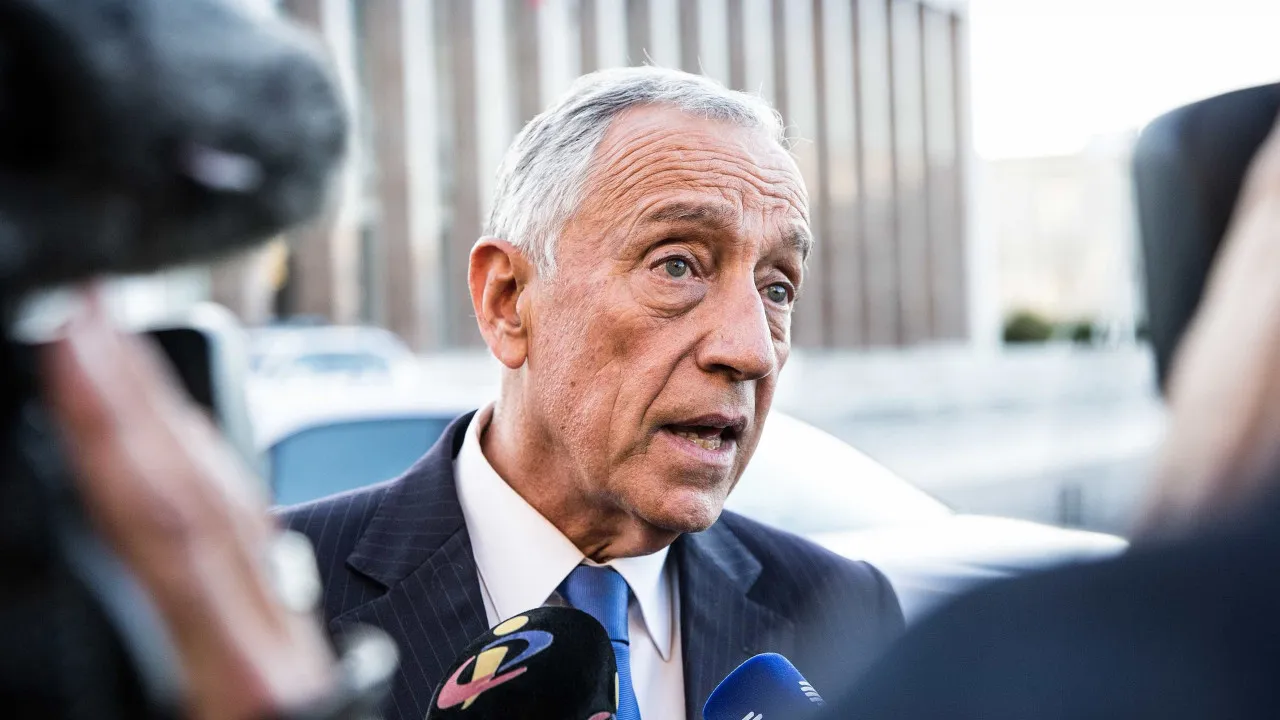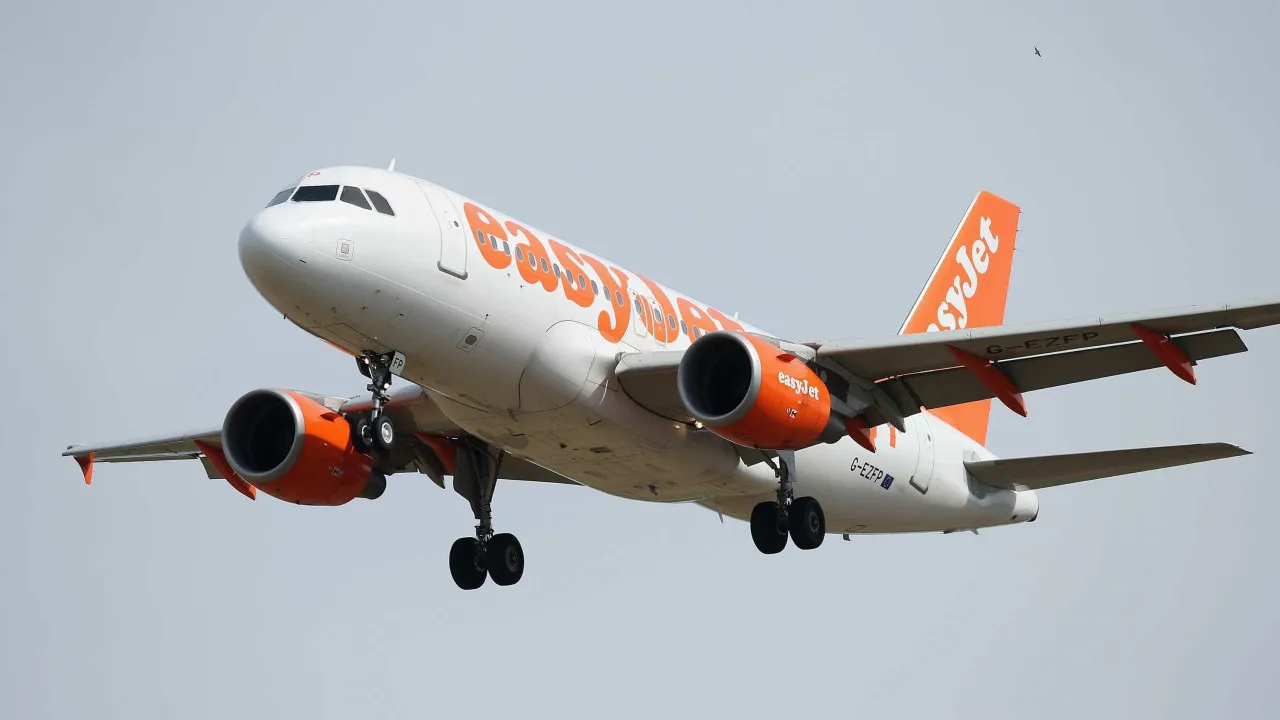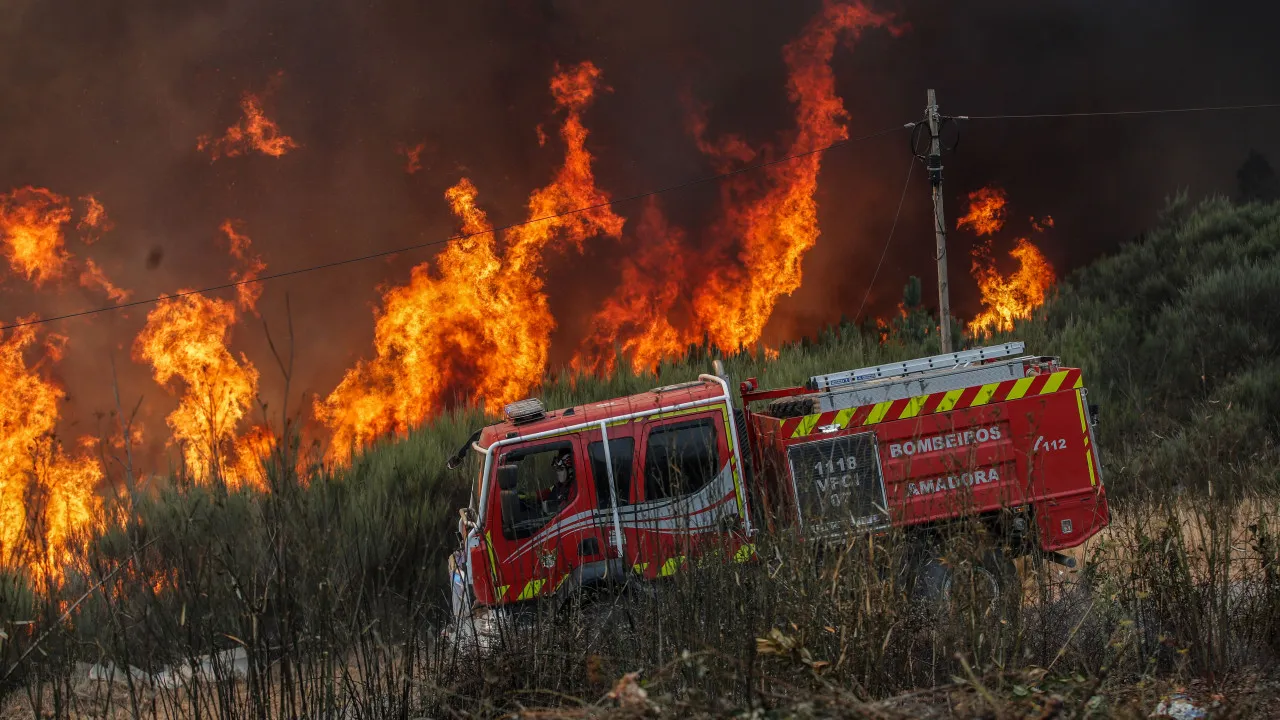
“The public space in the city is limited, and for multimodality to exist, it’s necessary to redistribute space among various modes [of transportation]. We can’t expect people to use public transport when buses are stuck in traffic,” said Cecília Silva, a professor at the Center for Research on Territory, Transports, and Environment (CITTA) at the Faculty of Engineering of the University of Porto (FEUP) and the Faculty of Science and Technology of the University of Coimbra (FCTUC).
The expert, interviewed about the municipal elections on October 12, noted that “traffic is a systemic problem” in Portuguese cities, which can be resolved by “changing the paradigm of how mobility is organized,” given that the automobile is the most “inefficient urban mode of transportation.”
“It has been more than proven that we cannot solve mobility issues by relying solely on one mode of transport,” she pointed out. The diversification of modes has been studied “since the 1970s,” and “the entire European context for multimodality financing” was established “at the end of the last millennium,” but Portugal “missed that train.”
Cecília Silva highlighted that “car usage rates have reached such high levels” that it’s now difficult to see how life could be different—or even similar—without the car. There is a “reluctance to advance these diversification policies” as they imply reducing car use, associated with the concept of motonormativity.
Once synonymous with freedom and the ability to choose a place to live, today’s daily car use can reflect urban sprawl, which Cecília Silva considers is “behind most congestion problems,” exacerbated by housing prices, which are “pushing people out” of cities, forcing longer commutes.
“We can’t look at current modal choices and assume they are genuine choices. They’re not, because alternatives don’t really exist,” she acknowledges.
For Cecília Silva, alternatives include “redistributing space to achieve increased efficiency” on public roads, resulting in “more people crossing that space if it’s distributed among multiple modes, because both buses and metros, as well as softer solutions like walking or cycling, transport more people per hour in that section” than cars, benefiting everyone, including motorists experiencing less traffic.
“As long as there are people who have to come from afar, from places where they have no alternatives, there will always be people coming from closer or from places served by the metro who have other alternatives and won’t use them as long as the system focuses solely on cars,” she notes.
She suggests that having “just a 10% modal share” of people cycling would be “insignificant” compared to several European cities (in Portugal, it was less than 1% in 2021), resulting in “an equivalent reduction in the number of cars on the street,” recalling that in the ’50s, ’60s, or ’70s, there were many bicycles, and “nobody would say that culturally, Portugal wasn’t about bicycles.”
“Women cycling was considered a cultural revolution of self-affirmation,” she recalls.
If the paradigm in the ’70s was multimodality, today the discussion is about the human-scale city, sometimes associated with urbanist Carlos Moreno’s ’15-minute city,’ which “is nothing but (…) translating the importance of proximity in people’s lives” as “what really matters to people is the quality of life, and there are many ways to achieve it that aren’t necessarily related to mobility.”
The focus is on accessibility, or “how easily a person can participate in the activities or actions they want,” such as working, socializing, or shopping, because “people would be just as happy if they could have things without having to move.”
Linking quality of life to mobility, assuming “people need to move at high speed to be happy,” contradicts “many cities in Europe that are reducing circulation speeds.”
“Quality of life is being able to leave home without facing a five-lane road or speeds of 50 or sometimes 70 kilometers per hour,” or ensuring that “a child can walk to school because it’s nearby, and the parent doesn’t need to worry” about the “aggressive urban environment,” with no “fear of a child dying in a traffic accident.”




